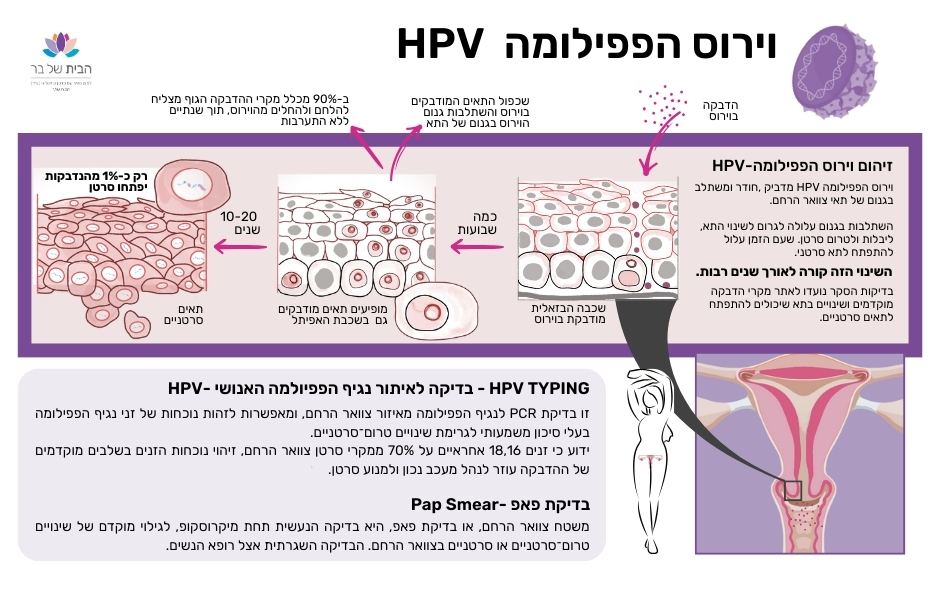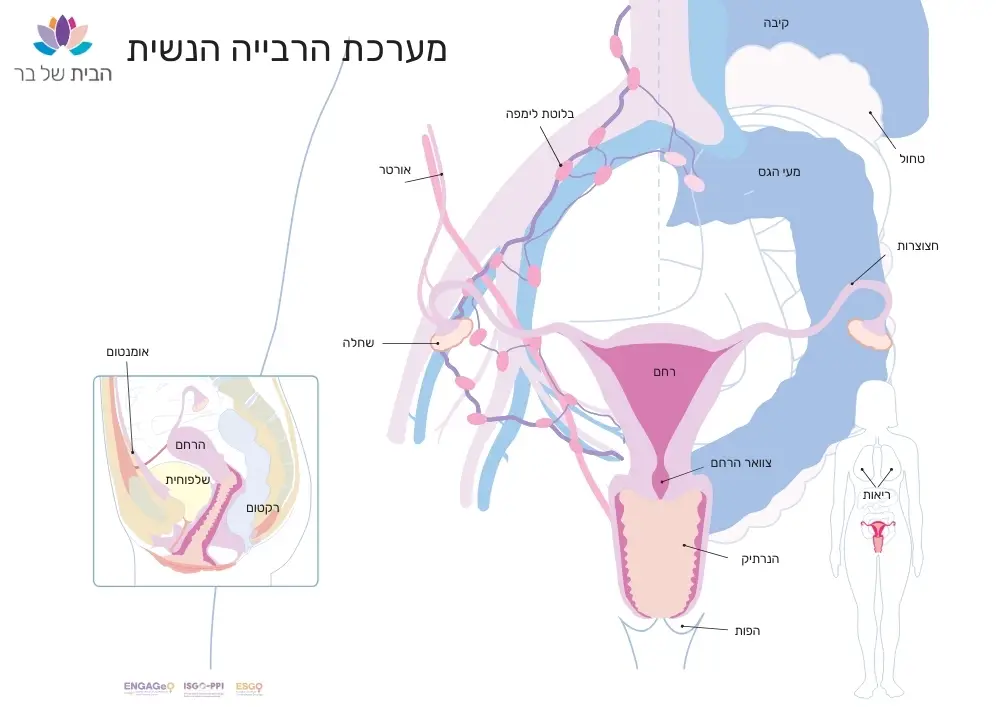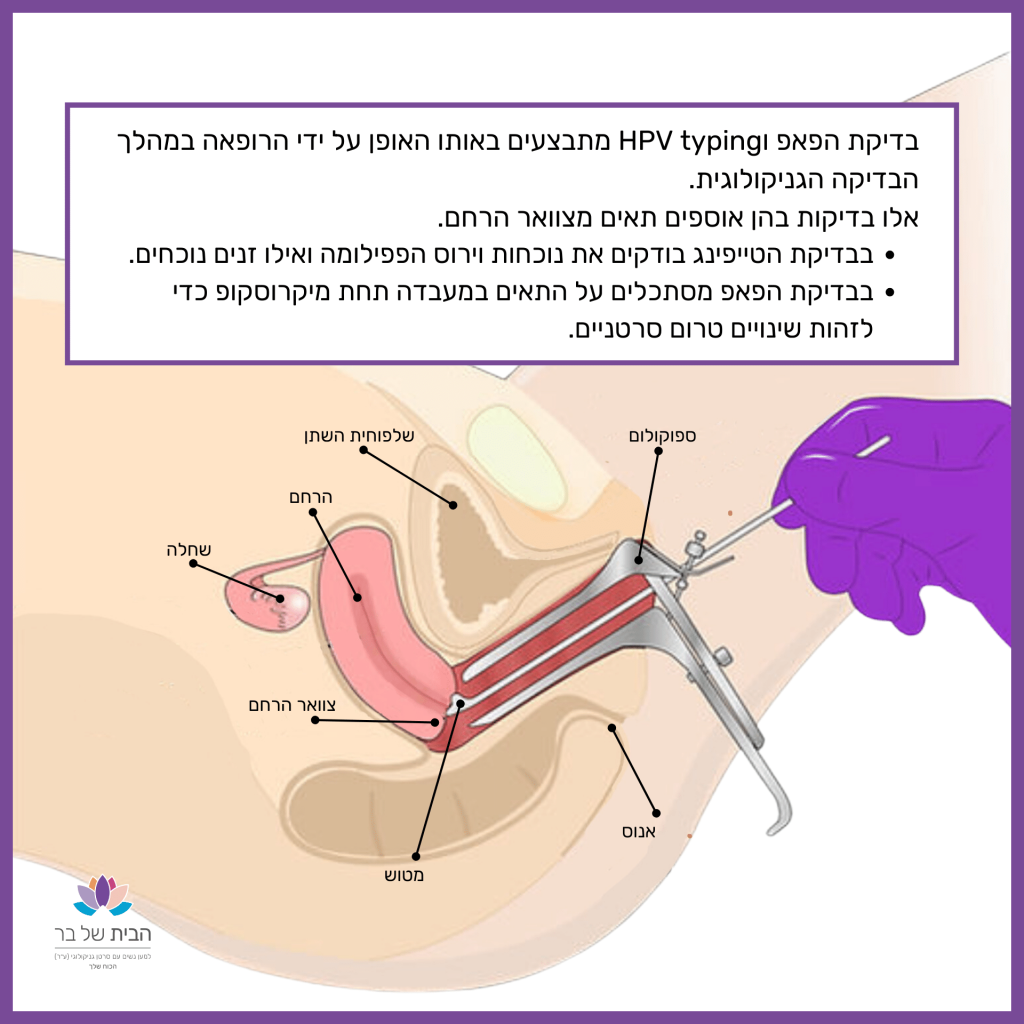Precancerous Cervical Changes


Have you been infected with HPV?
Have you been infected with HPV? Help us fight for your rights! We advocate for the rights of anyone diagnosed with cervical cancer or precancer. We've created a survey to highlight the challenges faced after treatment. It only takes a few minutes to complete, but it’s crucial! This is how we can make a change. Please take a moment to help us ensure a better future for all patients.
Webinar on the human papillomavirus (HPV) and precancerous changes
Cervical Precancer
Precancerous Cervical Changes
Most precancerous changes in the cervix are detected through routine screening (Pap smear or HPV typing) and treated early, before cancer develops. These changes can also be prevented by vaccination against the human papillomavirus (HPV), as HPV is the primary cause of cervical cancer. Unlike most cancers, which are caused by a variety of hereditary, environmental, and other factors, the HPV vaccine helps reduce the risk of cervical cancer.
Possible Pap Test Results
ASC (Atypical Squamous Cells) – These are cells that appear irregular in the test, with unclear significance.
ASCUS (Atypical Squamous Cells of Undetermined Significance) – This result has an incidence rate of 4.7%. It indicates changes in the cell structure, but their significance is uncertain.
In both cases, a repeat Pap test is performed at intervals — typically after six months and then after one year. If the result still shows ASC or other concerning changes, a colposcopy will be recommended.
CIN
Cervical Intraepithelial Neoplasia (CIN) is a precancerous condition of the cervix, but it is not cervical cancer. CIN can be monitored or treated, depending on its grade and the individual circumstances of the patient.
How is CIN Graded? CIN is graded on a scale from 1 to 3, indicating how deep the cellular changes penetrate the outer surface of the cervix. The terms Low-Grade Squamous Intraepithelial Lesion (LGSIL) and High-Grade Squamous Intraepithelial Lesion (HGSIL) are also used to describe these changes:
CIN1 (LGSIL) – Refers to mild changes affecting one-third of the thickness of the cervical lining.
CIN2 (HGSIL) – Indicates moderate changes, involving two-thirds of the outer surface of the cervix.
CIN3 (HGSIL) – Represents severe changes affecting the full thickness of the cervical surface.
Abnormal results require further evaluation through colposcopy or endocervical curettage (ECC) to determine the presence and severity of cellular changes. Biopsy samples are taken from the area and sent for pathological examination.
Additional Testing and Treatment
Colposcopy
Colposcopy is an examination of the cervix using a special optical device that magnifies the image and highlights changes in the cervix that require further investigation, monitoring, or treatment. The colposcope allows the examining physician to perform a more thorough evaluation of the cervix and detect details that are not visible to the naked eye.
During the procedure, a special solution is applied to the cervix, making abnormal areas more visible. The physician will then examine the cervix. If suspicious cells are detected, a small tissue sample (biopsy) will be taken from the cervix surface and sent for pathological examination. A colposcopy is similar to other gynecological exams but typically takes longer, around 15 minutes. If a biopsy is taken, you may experience some pain and light bleeding for a few days afterward
Endocervical Curettage (ECC)
ECC involves sampling cells from the cervical canal when no visible lesions are detected by the naked eye or colposcopy, making it impossible to take a targeted sample. During this procedure, a narrow instrument is inserted to scrape the canal walls and collect cell samples. The procedure may cause discomfort, and you might experience cramp-like pain, similar to menstrual cramps, and light bleeding afterward.
Based on the pathology results, a decision will be made on whether only monitoring is needed or if surgical intervention is required. If surgery is needed, a conization procedure is usually recommended.
Conization – Cone Biopsy of the Cervix
A cone biopsy, or conization, is a diagnostic and therapeutic procedure. During conization, abnormal areas of the cervix (where precancerous changes have been detected) are removed to prevent their progression to cancer. The removed tissue is thoroughly examined under a microscope, providing a precise diagnosis. In some cases, the cone biopsy itself serves as a treatment for precancerous changes in the cervix, which can be determined only after pathological results are available.
The procedure can be performed under local anesthesia in a clinic or under general anesthesia in an operating room, depending on the patient’s preference and the doctor’s judgment. It does not usually require hospitalization, and recovery is typically very quick.
Post-Conization Effects:
You may experience discomfort and cramp-like pain, similar to menstrual cramps, as well as bleeding or discharge for a few days following the procedure. You may be advised to avoid using tampons or having sexual intercourse for about a month to allow the cervix to heal properly.
We make every effort to provide evidence-based and reliable health information. We invest significant time and resources to ensure the information on our website is as accurate and up-to-date as possible, supported by scientific sources and aligned with current professional knowledge in relevant fields. However, the information in this website does not constitute medical advice or recommendations. We encourage anyone seeking personalized advice or recommendations on medical matters to consult directly with a licensed physician or a certified healthcare professional in the relevant field.
Navigation
Postal address:
Shmu’el Shnitser St 3, Tel Aviv 6958312



